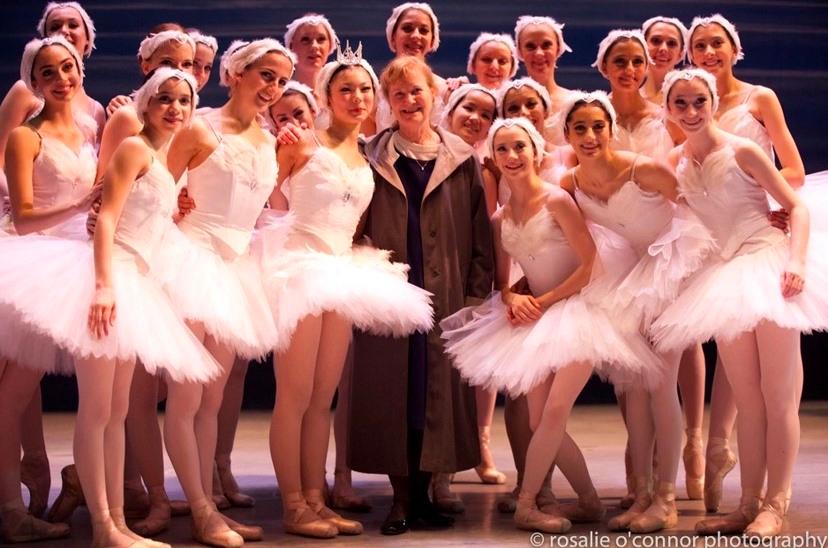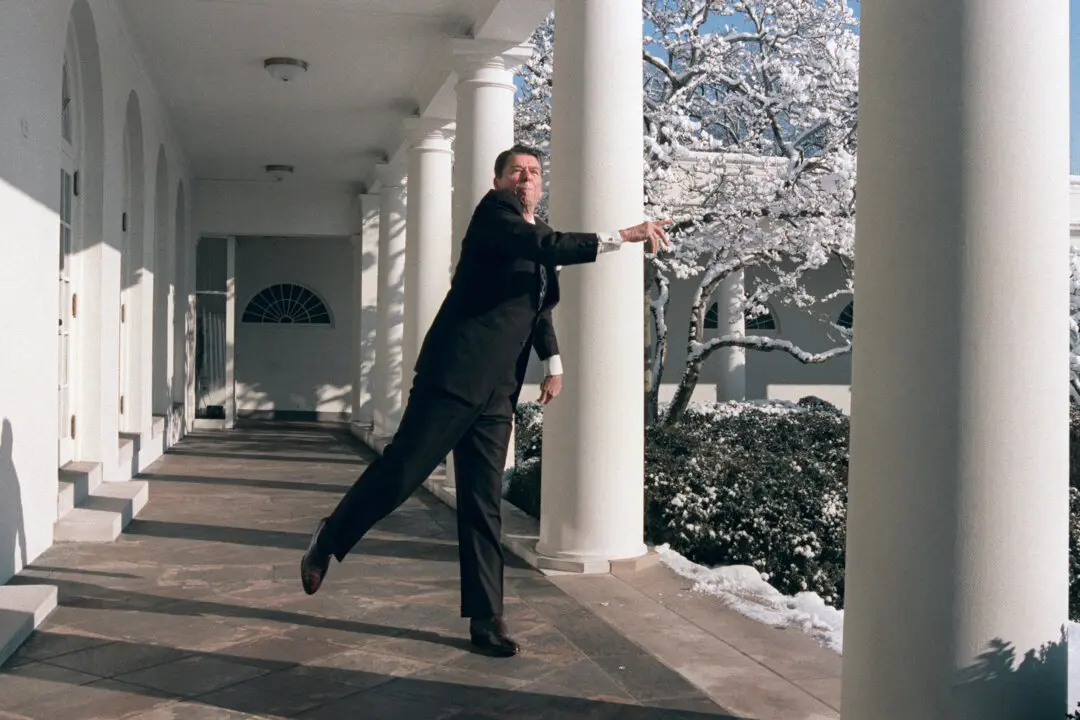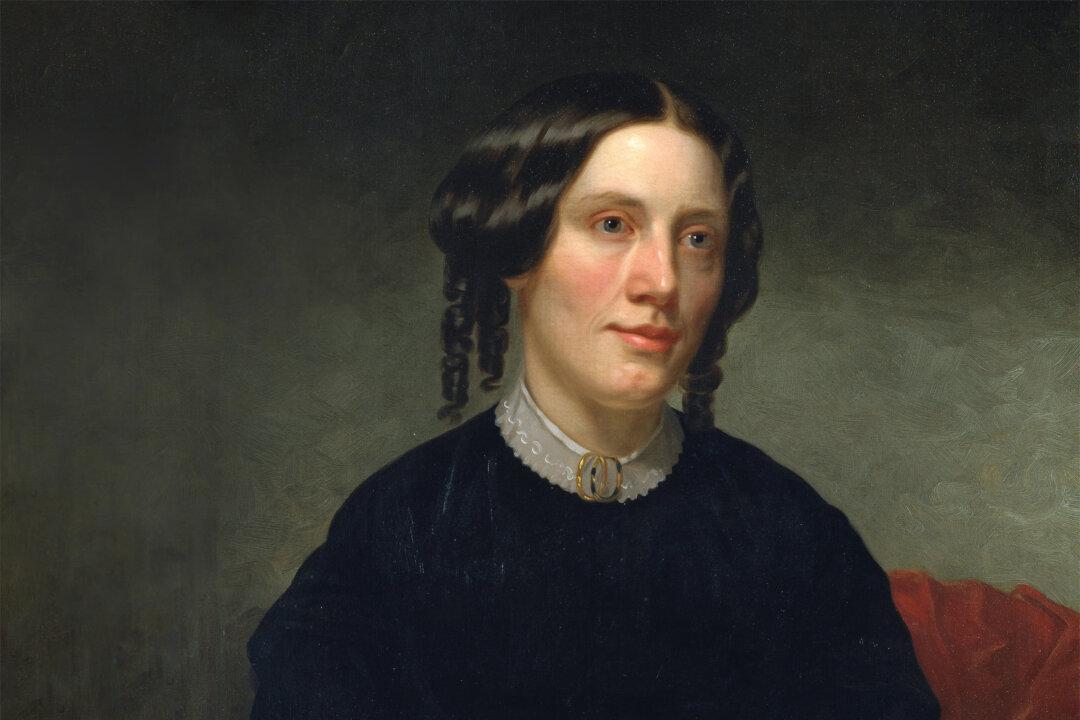FRONT ROYAL, Virginia—“Some of the most amazing dancers in the world came out of a barn,” professional ballet instructor Karen Eriksson-Lee says.
The barn to which she refers belonged to Marcia Dale Weary (1936–2019) and was the original dance studio for what is now the Central Pennsylvania Youth Ballet.






